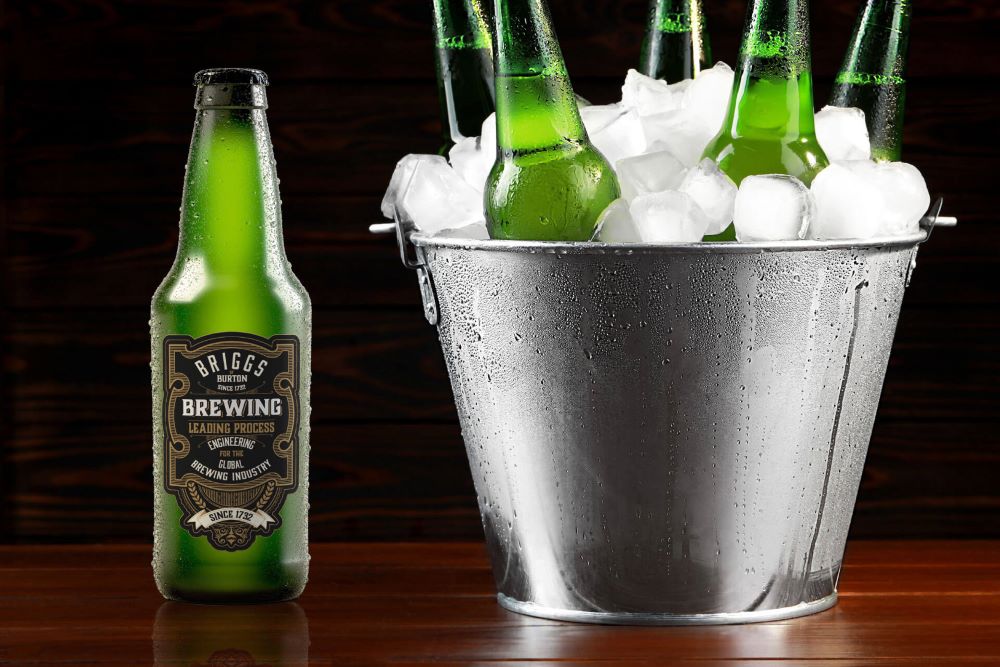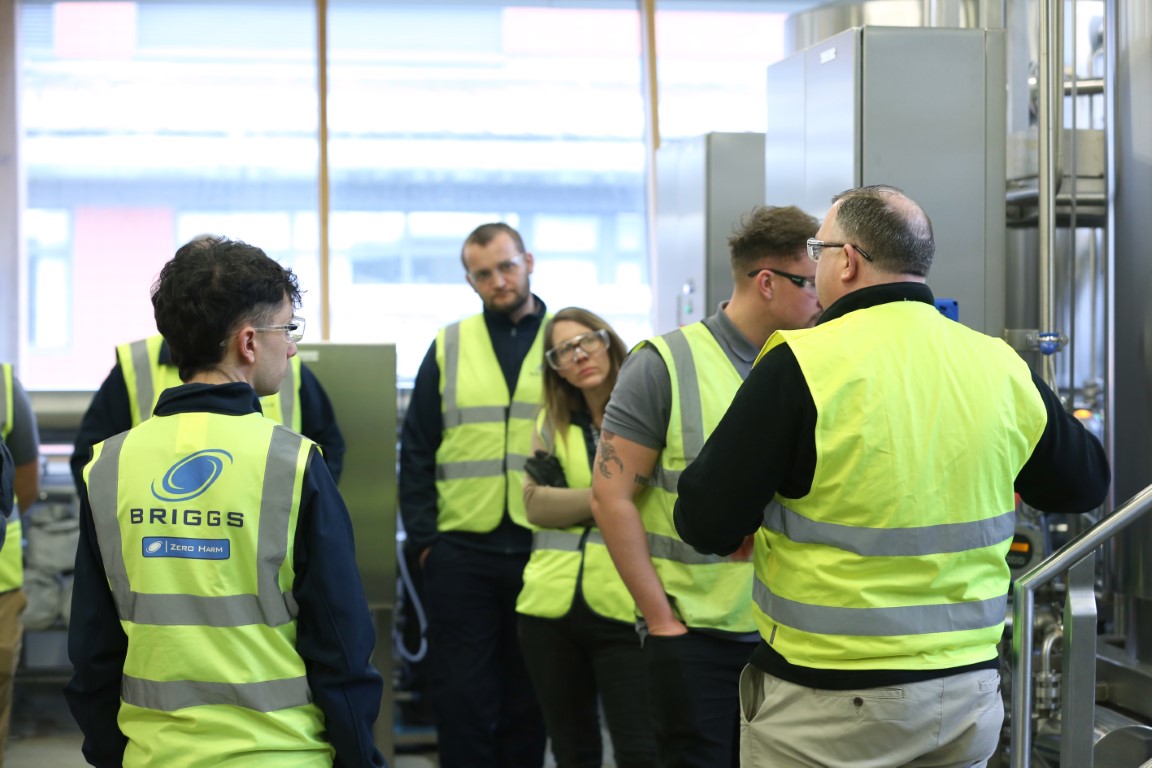This week we’re celebrating #WorldRumDay, an annual celebration of rum from across the world.
As global process engineers for the distilled spirits (plus food and pharmaceutical) industries, we like to think we know a thing or two about rum here at Briggs of Burton (BRIGGS). With over 285 years of experience in the distilled spirits sector, we have a long history of designing engineering systems, supplying distillation equipment and supporting rum producers with expansions, upgrades and sustainable solutions.
Working alongside McMillan Coppersmiths, BRIGGS has worked with a variety of world-class rum producers over the years. From DIAGEO, Beam Suntory, Bacardi, Remy Cointreau and many more, our rum distillery projects see our team work across the globe, spanning all the way from the Caribbean to China.
Our approach
Our work within the rum distillery industry strives to meet the individual needs of the world’s rum producers, realising their objectives around increased production capacity and quality distillation.
Whether it be building copper stills with McMillan Coppersmiths, working on energy recovery and applying TVR on column distillation, or undertaking the cleaning and product changeovers… it’s fair to say that the skills needed to carry out exceptional rum production should not be overlooked. This is where process engineering from BRIGGS comes in.
Our team of engineers has played an integral part in the development of several distilleries across the world, taking projects through a complete life cycle from initial consultancy, solutions, manufacture, commissioning and automation, through to customer service and support.
This World Rum Day, we’d like to take this opportunity to share a snapshot about rum itself, whether that be where it originated, all the different types of rum or how production style affects the quality and taste of rum.
All about rum
So, what actually is rum and how is it made?
A liquor made from sugar, rum is made from fermenting and then distilling sugarcane, which can be either pure sugarcane, syrup or molasses.
After fermentation and distillation, most rums are then put through an ageing process. This is where different types of rum can be created, as the ageing process used affects the flavour of rum.
For example, ageing rum in wooden barrels will result in a darker colour, whereas ageing in stainless steel tanks will result in a much clearer colour – this colour affects not just the look, but taste and flavour, too.
Where did rum come from?
Rum first originated in the West Indies during the early 1600s. Upon discovery, rum production in the 1600s grew rapidly and soon began production in Brazil, Sweden, America and even France.
Today, rum continues to be produced across the globe, with each region having its own take on the flavour and taste of rum.
What are the main types of rum?
White rum:
A clear spirit with little to no colouring, white rum is mostly used for mixing within cocktails. In production, white rum is often aged in stainless steel tanks, or wooden barrels. If matured in barrels, then the rum is put through a filtering process afterwards to strip it of its colour.
With a lighter flavour than dark rums, white rum is ideal to be responsibly enjoyed in cocktails such as Mojitos, Daiquiris, Cuba Libras and Pina Coladas.
Brown rum:
Brown rum is aged in oak barrels for anywhere between 2 to 10 years, which gives it a stronger flavour than white rum and more often drunk straight rather than within a cocktail. As a variation of dark rum, which is where the spirit is aged in wooden barrels for a variable amount of time to give differing colour and flavour, brown rum is aged in a heavily charred barrel and holds a bolder flavour to white rum.
Spiced rum:
This is where spices and extra flavours, such as vanilla, ginger and nutmeg, are added to a base rum, resulting in a sweet and spicy taste. Typically, spiced rum is aged for the same amount of time as dark rum, too.
Engineering’s part to play in rum production
Clearly, the way in which rum is made impacts how it’s tasted and enjoyed by its consumers. Often, this extends to not just the tanks in which the rum is held, but the processes and efficiency in which it is fermented and distilled.
Speak to our team to discover more about developing your rum distillery today.


